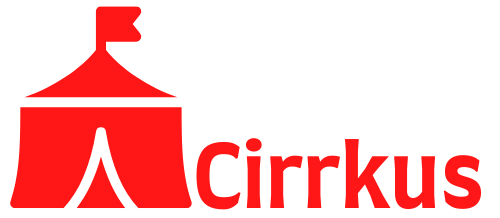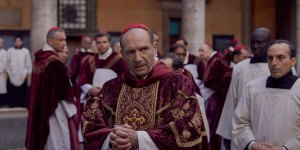After two days of contemplation and balloting, a new Pope has been elected.
White smoke emanating from the Sistine Chapel chimney today to inform the world’s 1.4 billion Catholics and everyone else that the conclave of 133 cardinals have determined a new Bishop of Rome. Who the successor to St. Peter and the progressive Pope Francis, who died at the age of 88 on April 21, is has not yet been made public.
Having said that, the unveiling of the newly appointed Pontiff is expected within a hour or so.
In a ceremony reaching back to 1274 in its present form, a Pope is elected from the cardinals’ ranks with a required two-thirds majority. Achieving that majority is what leads to multiple ballots among the conclave. The first of what was four scheduled ballots Thursday concluded around 1:30 am PT or 10:30 am local time in Rome. With no Pope elected that round, a plume of black smoke soon afterwards blew out of from the temporary chimney erected atop the Sistine Chapel. The lack of a leader for the Holy See also meant there was no ringing of the bells of St. Peter’s Basilica this morning.
At that point, the cardinals took a break and resumed voting about an hour later.
Dramatic license aside, the Oscar-nominated Conclave, starring Ralph Fiennes, Stanley Tucci, Isabella Rossellini, and John Lithgow, put a spotlight over the last year on the process of selecting a new Pope. Accurately displaying the absent of smartphones and the isolation of the cardinals that is actually part of a conclave, Conclave the movie also leans into fiction with its depiction of the political maneuvering that takes place in the exercise.
Ralph Fiennes in ‘Conclave’
SXSW
Still, even with thousands of journalists awaiting the results of Thursday morning’s balloting, there is much about what went on behind locked doors with the College of Cardinals this week that will likely never be known.
Likely to be asked by Vatican watchers is what instructions the rookie cardinals, most of whom were selected by Francis over his 12-year reign, received and asked for to carry out their duties. Also, an explanation as to why Day One of voting on May 7 to fill the Papal vacancy went hours longer than anticipated will surely be near the top of the list of inquiries.

Photojournalists train their telephoto lenses on the chimney of the Sistine chapel and the balcony in anticipation of a new pope, during the conclave, at St Peter’s Basilica on May 7, 2025 in Vatican City, Vatican. (Photo by Christopher Furlong/Getty Images)
As ballots were burned, black smoke billowed out of the Vatican chimney around 9 pm local time on Wednesday indicating the cardinals had not reached the majority requirement. Unto itself, besides the late hour, that wasn’t unusual or unexpected. It took two days with four and five ballots respectively for Benedict XVI in 2005 and Francis in 2013 for a Pope to be chosen.
In 1978, the selection of Polish Cardinal Karol Wojtyła to be John Paul II went longer than that of his immediate successors and his predecessors. The future head of the Holy See’s election took eight ballots and three days. Which is a lot better than the papal conclave that followed the death of Clement IV. That conclave ran from 1268 to 1271, and only ended with the election of Gregory X after the bickering cardinals were finally refused food and exposed to the elements to get the job done.
Thankfully for all concerned, that wasn’t required this year.
Content shared from deadline.com.

